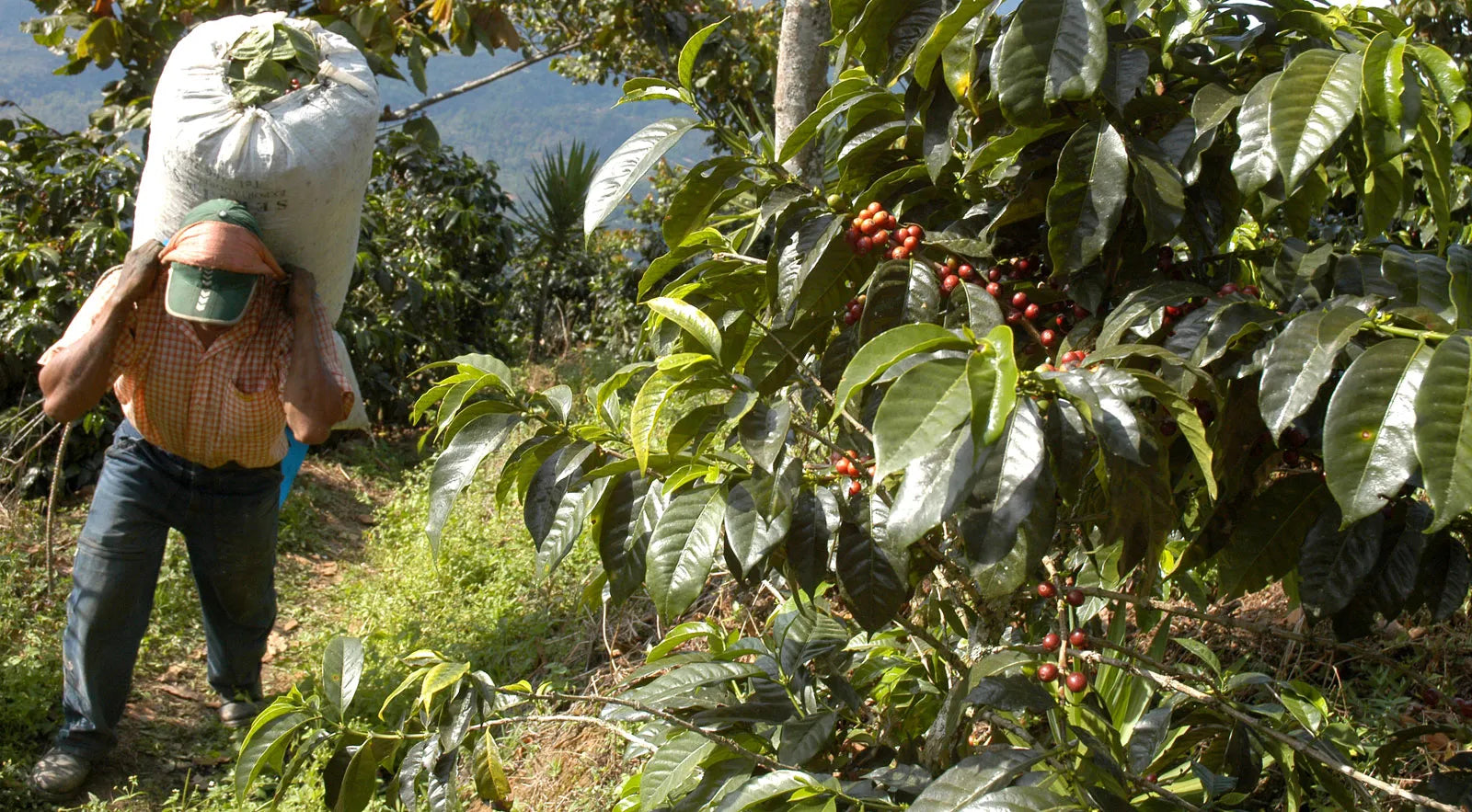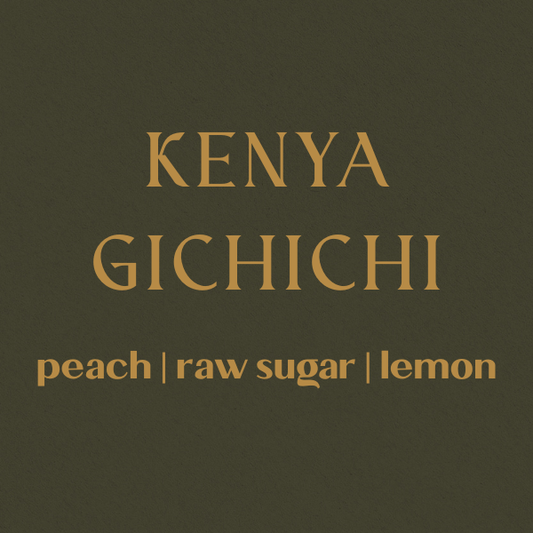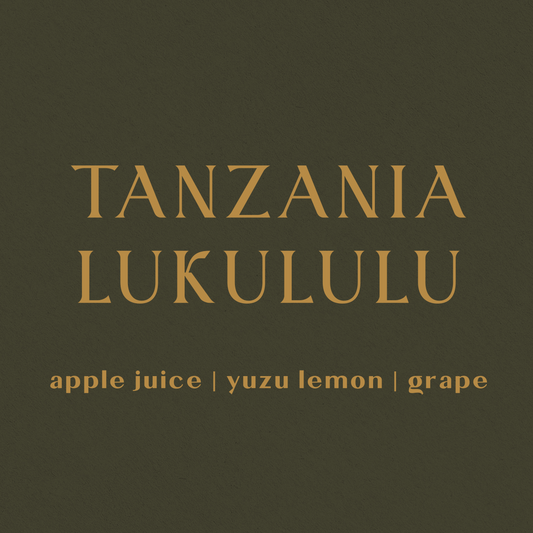
Various Smallholders
Various Smallholders: Centralized Processing and Grading of Coffee
Overview of the Smallholder Model
In coffee-producing regions around the world, the term “various smallholders” commonly describes a network of independent farmers operating small-scale plots—typically ranging from less than one hectare up to several hectares. Unlike large estates, these smallholder farms usually lack the resources or infrastructure needed to individually process, grade, and export their harvest. To overcome these limitations and enhance market access, smallholders commonly rely on centralized mills or processing stations. At these facilities, farmers deliver harvested cherries, often immediately after picking, where they undergo standardized processing and grading steps.
Delivery and Initial Processing
Smallholders deliver freshly picked cherries or semi-processed coffee beans to local or regional mills. These facilities are equipped to handle large volumes from multiple producers, providing infrastructure such as mechanical depulpers, fermentation tanks, washing channels, drying patios, raised drying beds, and mechanical dryers. Coffee cherries are usually sorted upon arrival to remove underripe, overripe, or damaged fruit, often using flotation methods or manual sorting tables. By centralizing these processing activities, mills ensure greater uniformity in post-harvest methods, significantly improving overall coffee quality.
Sorting by Size and Grade
Following initial processing and drying, coffees from multiple smallholder farms are typically combined into larger lots. These blended lots are then systematically sorted to separate beans based on size, density, and quality grade. Mills commonly utilize mechanical screens, gravity tables, and color-sorters to achieve this separation, ensuring each coffee meets defined standards. Screen sizes, often numbered, correspond to standardized measurements that distinguish larger, higher-quality beans from smaller, lower-density beans. Grading criteria usually include factors such as bean appearance, moisture content, defect count, and sensory evaluations.
Advantages of Centralized Sorting and Grading
The centralized approach provides numerous advantages for smallholders. By sorting coffees collectively, mills can achieve consistency, uniformity, and transparency—qualities highly valued in specialty markets. Graded lots are typically easier for buyers to assess and trade, allowing smallholders greater access to premium markets, and higher prices linked to quality differentiation. Furthermore, this model supports traceability and accountability by enabling buyers to source coffees that clearly reflect consistent and defined quality standards.
Challenges of the Centralized Model
Despite these benefits, the centralized processing model faces challenges. Maintaining consistency across hundreds of small plots can be difficult, as individual farming practices and conditions vary. Additionally, delays in payment or lack of direct feedback from mills can discourage investment in improved agricultural practices by farmers. Mills must therefore actively engage with smallholders, providing training and timely compensation to ensure continued commitment to quality and cooperation.
Impact and Future Outlook
The practice of smallholders utilizing centralized processing facilities for sorting and grading coffee continues to gain recognition as an effective way to integrate small-scale producers into the global specialty coffee supply chain. When managed responsibly—with adequate resources, fair pricing, and farmer support—this model has demonstrated success in improving coffee quality, raising farmer incomes, and ensuring traceability and sustainability in coffee production worldwide. Moving forward, continued investments in smallholder education, transparent grading systems, and equitable pricing structures will likely enhance both producer livelihoods and consumer satisfaction, reinforcing this model as a cornerstone of sustainable coffee trade practices.
Coffees by Various Smallholders
-
 Sold out
Sold outEthiopia Guji Decaf
Regular price From $22.00 USDRegular priceUnit price / per -
 Sold out
Sold outKenya Nyeri Gichichi
Regular price From $20.00 USDRegular priceUnit price / per -
 Sold out
Sold outRwanda Kibirizi
Regular price From $21.00 USDRegular priceUnit price / per -
 Sold out
Sold outTanzania Lukululu
Regular price From $20.00 USDRegular priceUnit price / per




